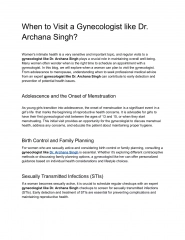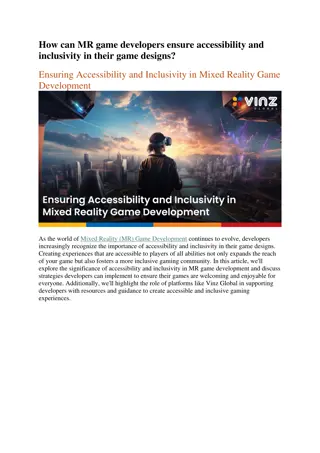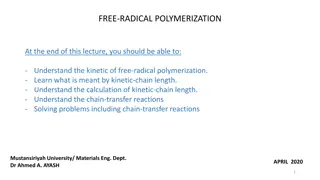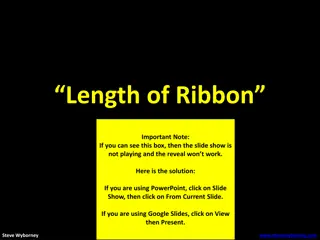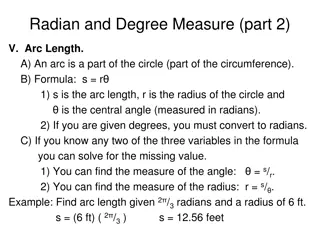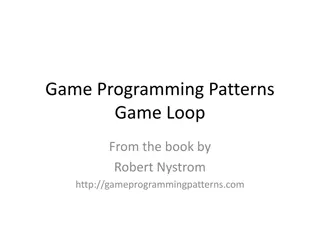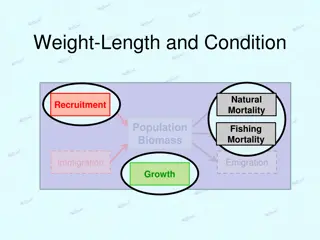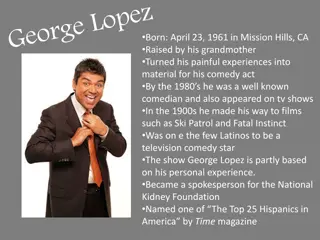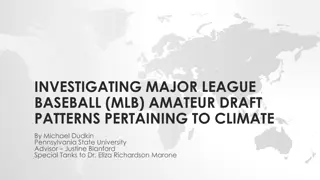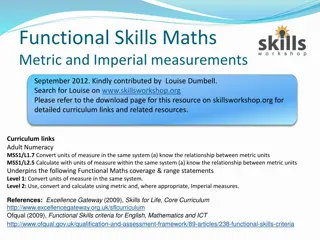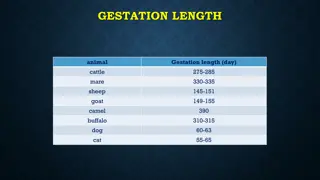Analysis of MLB Game Length and Potential Changes
Major League Baseball (MLB) faces the challenge of game length increase over the years, affecting player health and fan interest. The project evaluates shortening games to 7 innings as a solution, considering strategic criteria, decision makers, alternatives, and the impact on financial gain, player appeal, and long-term growth. BOCR ratings show the overall benefits, opportunities, costs, and risks of making no changes versus shortening games.
Download Presentation

Please find below an Image/Link to download the presentation.
The content on the website is provided AS IS for your information and personal use only. It may not be sold, licensed, or shared on other websites without obtaining consent from the author.If you encounter any issues during the download, it is possible that the publisher has removed the file from their server.
You are allowed to download the files provided on this website for personal or commercial use, subject to the condition that they are used lawfully. All files are the property of their respective owners.
The content on the website is provided AS IS for your information and personal use only. It may not be sold, licensed, or shared on other websites without obtaining consent from the author.
E N D
Presentation Transcript
MLB Game Length By: Drew Berkhoudt & Brian Petnuch 1
MLB Background Major league baseball is the oldest of the major professional sport leagues in the United States. Since its beginning, games have been played for 9 innings. Over time the total game lengths have increased significantly. The average time for a nine inning MLB game has increased by 30 minutes over the past 50 years. Longer games can lead to higher injury risk for players and loss of interest by fans. Only 14% of 18-34 year olds are avid fans A popular idea for a solution to the increased game length is to reduce the innings played to 7 The goal of our project was to determine the best choice for the MLB regarding shortening the length of their games. 2
Decision Makers Tony Clark Rob Manfred Executive Director of MLB Players Union Commissioner of MLB 3
Alternatives Shorten Games No Changes 4
Goal Strategic Criteria Financial Gain Appeal to Players Long-term Growth Fan Interest Benefit Financial Fan Engagement Opportunity Financial Ticket Revenue Merchandise Revenue Concession Revenue Broadcast Revenue Player/Team Impact Compensation Injury Risk Game Strategy Fan Engagement Excitement Attendance Attractiveness # of Fans Viewership Risk Cost Financial Financial Player/Team Impact Rules Performance Statistics Procedures Playing Time Ticket Revenue Merchandise Revenue Concession Revenue Broadcast Revenue Player/Team Impact Compensation In-Game Strategy Injury Fan/Team Impact Entertainment Value Gambling # of Fans Staff costs Operating costs Broadcast costs New signage Training Staff Marketing Time Commitment Excitement Attractiveness Alternatives Shorten Games No Changes
Strategic Criteria Hierarchy Strategic Criteria Inconsistency 0.11969 Name Normalized Idealized Rank Appeal to Players 4% 0.090580415 4 Fan Interest 13% 0.285526243 3 Financial Gain 36% 0.771696625 2 Long Term Growth 47% 1 1 6
BOCR Ratings and Results Overall Benefits Opportunities Costs Risks No Changes 12% 19% 43% 80% Shorten Games 88% 81% 57% 20% Additive - Long-Term Name No Changes Shorten Games Ideals 0.056402 Normals Raw 5% 0.045974 95% 0.815118 1 Multiplicative - Short-Term Name No Changes Shorten Games Ideals 0.010541 Normals Raw 1% 0.045612 99% 4.327228 1 7
Benefits 8
Costs 10
Risks 11
Conclusion According to our model MLB should reduce the length of their games to 7 innings 7 inning games according to our model would provide greater benefits, increased opportunities, and decrease costs Possibly some bias as we are fans Could be a hard sell since the game hasn t had a major change in some time Covid provided an opportunity to experiment with 7 inning games 13


